Changing tunes
Thoughts from the history of music
I mentioned the other day about having a backlog of ideas to write about without forgetting what they are. Some of them have been bubbling around for a few years now, when I’ve read a book or watched something on the telly. For example, a few years ago I was given a copy of the book *Yeah Yeah Yeah: The Story Of Modern Pop* by Bob Stanley. For the past thirty years or so, Stanley has been one third of the band Saint Etienne, who I’ve loved almost as long, and who right from their start in the late 80s have made pop music that cuts across categories, combining fantastically catchy pop hooks with lyrics that are pitched at just the right level between meaningful and slightly inane; but at the same time squeezing in London hip hop, club beats and art school sound collages. Their first album combines pop bangers like “Nothing Can Stop Us” with voice clips of Richard Whiteley and Willie Rushton; the second has excerpts from the 1960s British films Peeping Tom and Billy Liar, and a man ordering chicken soup.* Their songs “Like A Motorway” and “Hate Your Drug” are arguably the best attempt anyone has ever made to revive the 1960s “death disc” genre,** but at the same time they care as deeply about London psychogeography as Geoffrey Fletcher, Iain Sinclair or Patrick Keiller. In short, they cover such a broad area in their music, that it is not surprising Stanley wrote a broad, broad book.
Yeah Yeah Yeah is a history of British and American pop music from roughly 1945 to 2005 or so; the start and finish dates are a little vague, but it was intended to be the history of British and American pop music over the years that the 7” vinyl single was the dominant distribution format. Naturally, though, it is a history of pop music that doesn’t at all mention Saint Etienne; they are gracefully elided from the chapters they would naturally fit into. I wasn’t really surprised; it would seem a bit gauche to pretend to write about yourself in the same detached and journalistic style as the rest of the book. It left me thinking, though, how would Bob Stanley have written about his own band if he hadn’t been in his own band himself? It’s another of those impossible counterfactuals, one even more unlikely that most, but nevertheless I find it an interesting thought.
I personally became interested in pop music at the end of the 80s and the start of the 90s, something of a strange period that’s often considered a somewhat empty one, a period in which music was doing little more than treading water waiting for the 90s to start. Music from before that period is something I largely know about purely by the regular processes of cultural assimilation (aside from that covered in the folk-focused Electric Eden: Unearthing Britain’s Visionary Music by Rob Young). The Parents had a very curious, eclectic and limited record collection, which I naturally went through as a teenager, but it gave me a very one-sided view of things. The Mother seems to have been a sucker for the slightly-novelty single when she was younger: her 7”s included “Deck of Cards” by Wink Martindale, the original Doctor Who theme, and “Dominique” by The Singing Nun. She’s also rather liked rock or pop versions of older orchestral music; in the 60s she was buying “Grieg One” by The Second City Sound***, and at the start of the 80s she often listened to the band Sky, with their electronic versions of classical standards.**** Naturally, my knowledge of popular music from before “my own time” ended up being very strange, patchy, but with a deep knowledge of some curious corners. Yeah Yeah Yeah therefore was a fascinating synthesis, a map and a guide to a vast and complex landscape where previously I’d only seen the summits of the mountains peeking through the clouds.
The last portion of the book, though, I found less satisfying. Not just because Saint Etienne weren’t in it, but because in general my own musical tastes have tended towards the slightly niche and obscure, and those particular niches just don’t get swept. In particular I used to be a big fan of Belle and Sebastian. More recently I have gone back and explored some of their own influences, such as Felt, or some of the bands which recorded on the Sarah Records label. These are niches that tend to be seen as not just obscure but wilfully obscurantist, even though that is a very long way from the truth.***** I wasn’t surprised that my own particular hobby-horses were not deeply investigated, but it felt a shame that the 90s in general seemed to be quickly skimmed over. Possibly this was because Stanley felt unable to handle the days of the CD single; I wondered more, though, if it was a general reluctance to deal with the area he felt personally involved in.
The rise of streaming services is often given as something which has fundamentally changed the popular music landscape; and it is indisputable that the music scene today has changed completely from what it was 20 years ago. Personally, though, I feel the change wasn’t driven so much by streaming, but by communication; by MySpace letting every single band in the known universe put up their shopfront and become known across the world. It immediately broadened the scope of every music fan: the trickle of information about new bands that came from the weekly music press suddenly became an unstoppable flood. I, for one, felt that in 1995 I could at least be aware of all the bands in the genres I cared about, but by 2005 that was becoming completely impossible. I can also see how, if you were to write a book about pop music, continuing it past 2005 would seem impossible too.
When I reached the end of the book and read the acknowledgements, I wasn’t surprised. Yeah Yeah Yeah was put together with the help and influence of a number of key members of the ILX forums. Personally, I haven’t used ILX for more years than I really want to think about; but when I saw many named I recognised from ILX in the back of the book, I suddenly realised why some of the book’s arguments and standpoints felt so familiar to me. Of course, given I was a fan of Stanley’s music all along, given I have always been a fan of syncretic, holistic thought and of “reconciling the seemingly disparate”, I would have agreed with much of it in any case. As books go, this one will be staying on the bookshelf.
* One piece of trivia I only discovered when fact-checking this post: the woman on the sleeve of their first album, Foxbase Alpha, is apparently also the woman who says “Can I take your order?” on “Chicken Soup”.
** Yes, it’s a real genre. You probably know the most famous “death disc” track, “Leader Of The Pack” by The Shangri-Las. Incidentally Saint Etienne’s discography is awfully complex and only partially available on streaming services; “Hate Your Drug” was a B-side to the single “Hug My Soul” and an album track on some versions, but not all, of Tiger Bay—it wasn’t on the original UK release. For reasons I have never understood, the rear sleeve of “Hug My Soul” features a black and white photo of a kitchen with random items labelled in Icelandic.
*** If you’ve never heard of The Second City Sound, it’s OK: I suspect The Mother only knew of them because she lived in said second city and they were a local band.
**** Later on still, when she no longer came across new music herself, I managed to get her into William Orbit and The Penguin Cafe Orchestra: I figured they were exactly the sort of thing that would follow on from her previous musical habits.
***** Incidentally over the years I’ve seen many people say they thought Belle and Sebastian would have been a perfect Sarah Records band, if Sarah had still been around when the band formed. I don’t think is true at all; moreover, I feel anyone who says that can only have a wild misunderstanding of Sarah’s aims and purpose. That, though, is a topic too large to fit into this footnote.

 Home
Home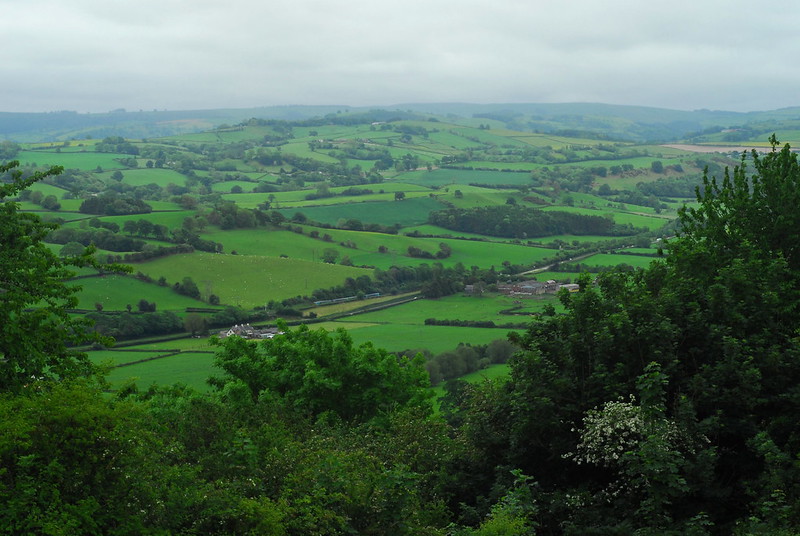


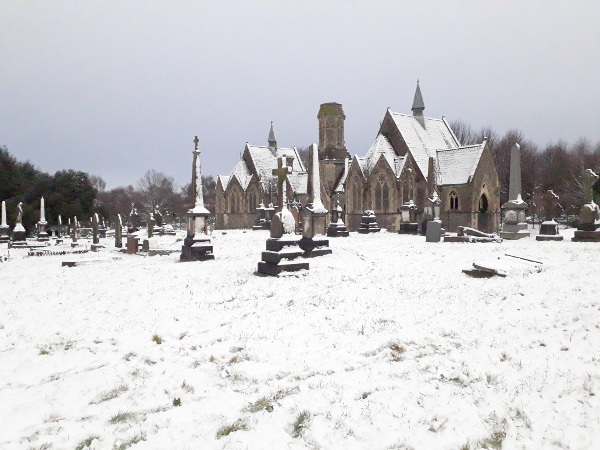
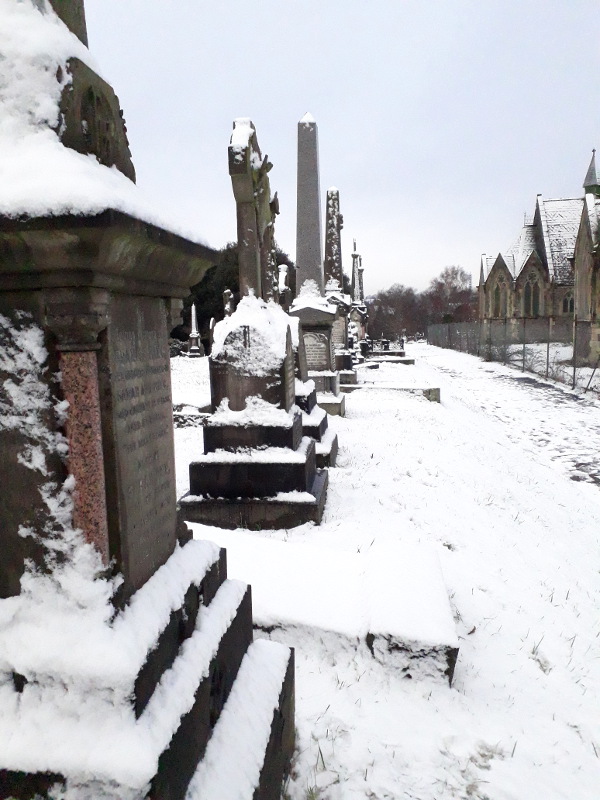
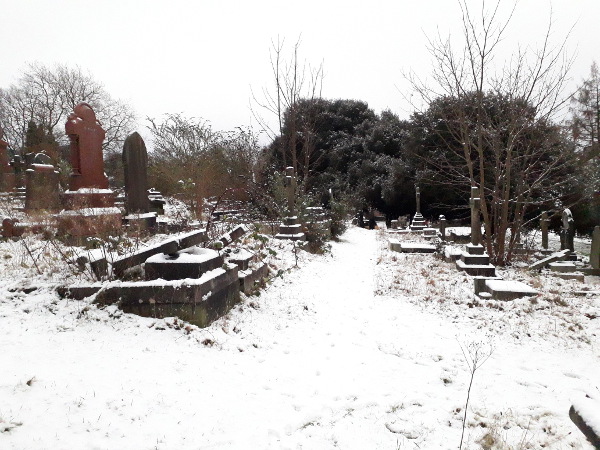
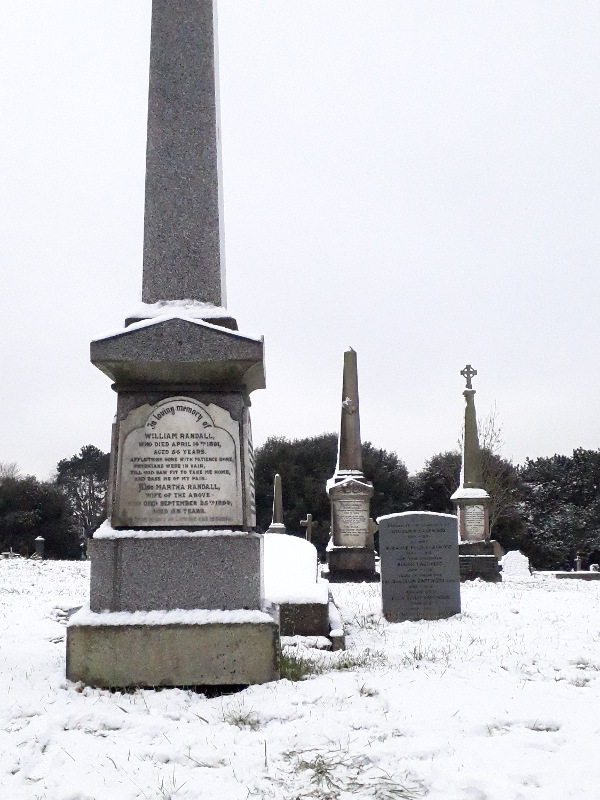
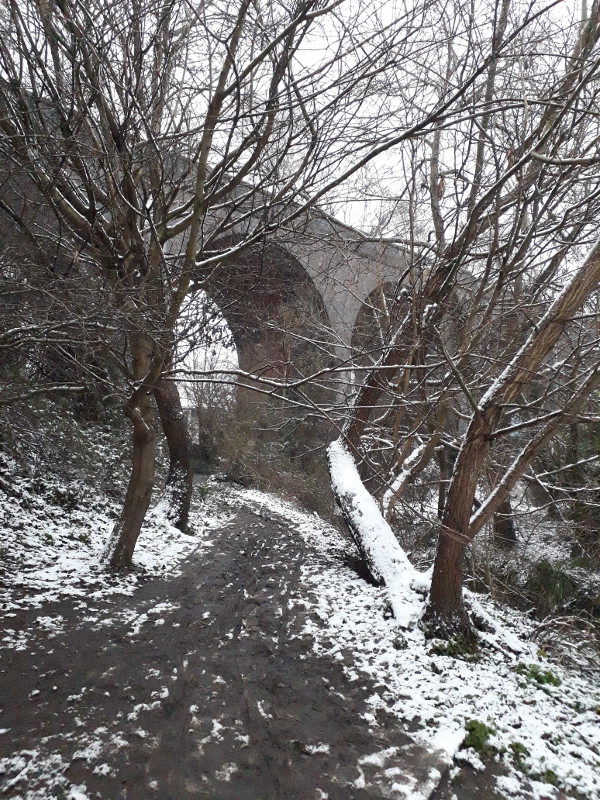
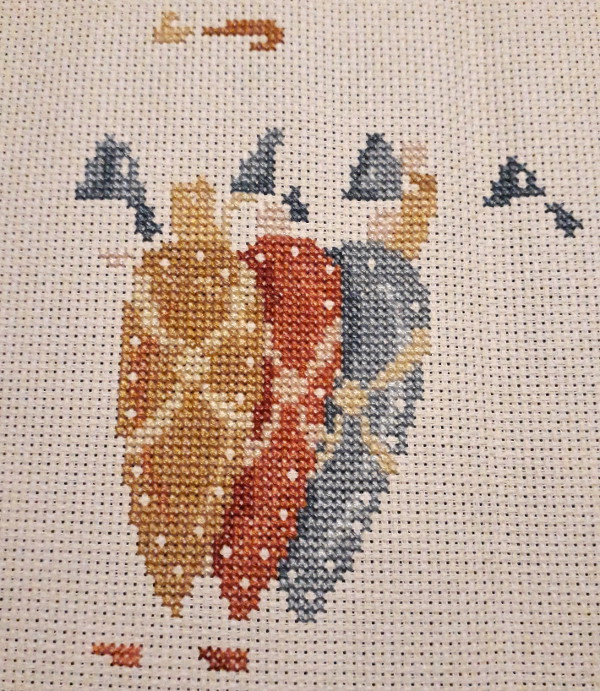







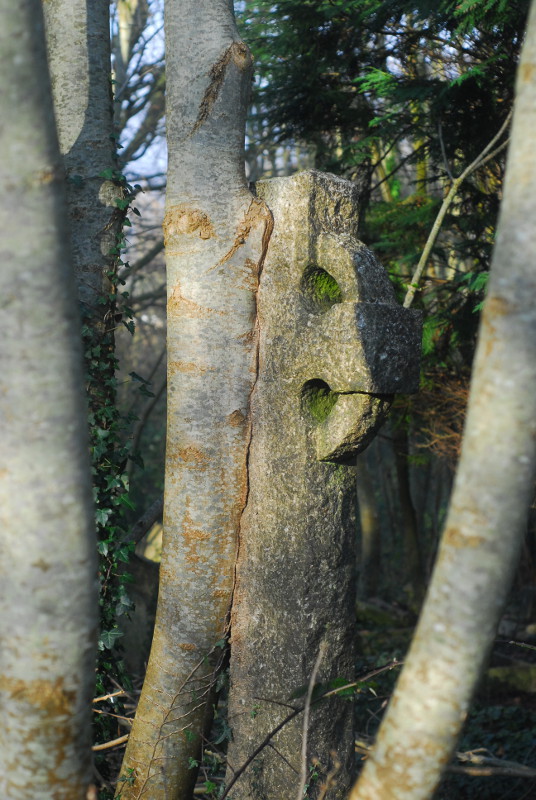
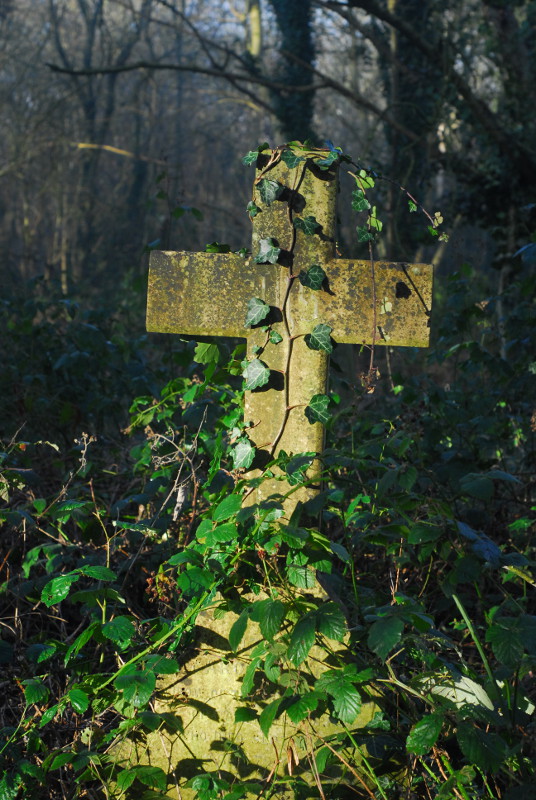
 Newer posts »
Newer posts »